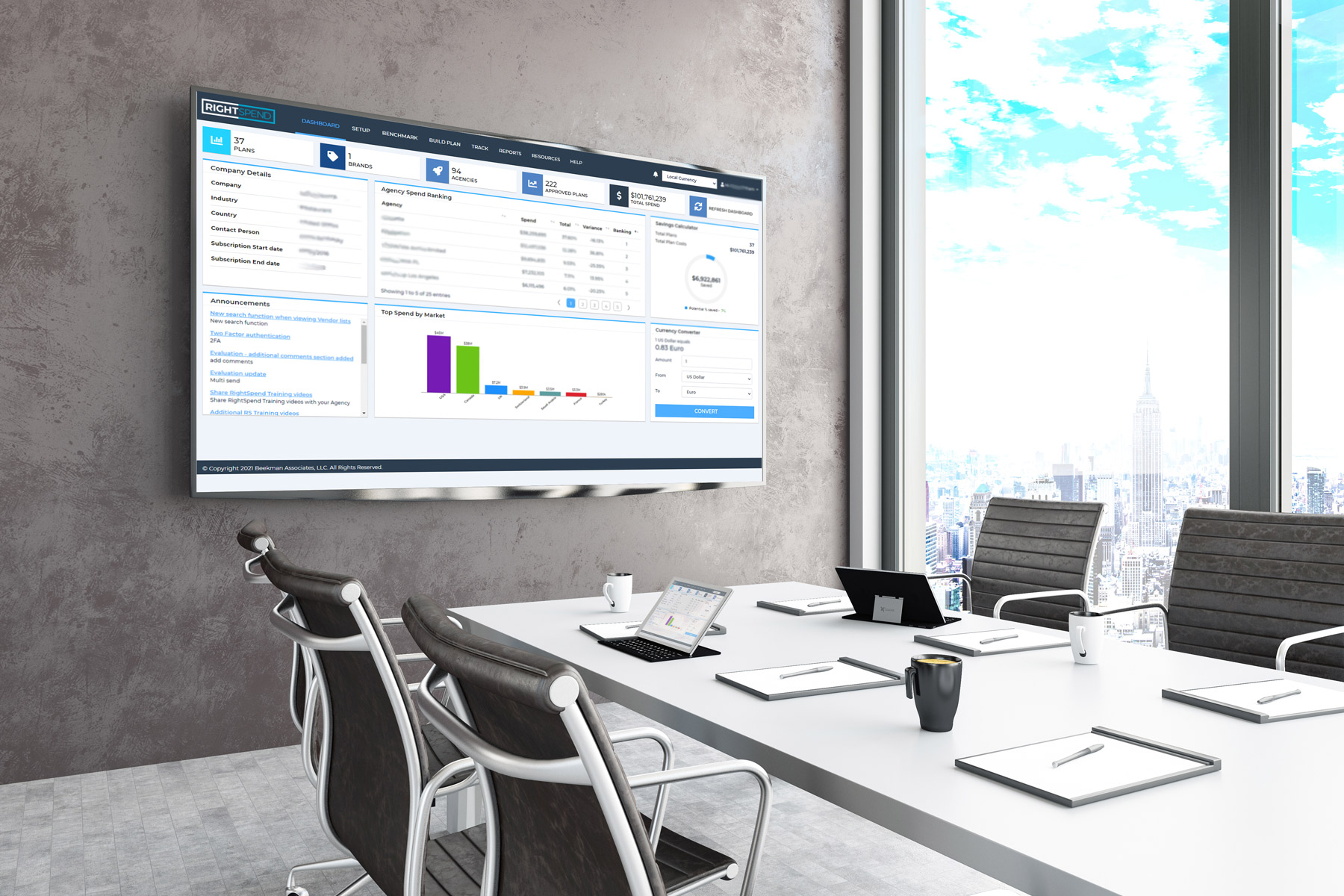Benchmarking may be invaluable when it comes to cutting costs but it is actually just the tip of the value-added iceberg.
Benchmarking has become a critical touchpoint for brands. After the World Federation of Advertisers launched Project Spring – an initiative focused on transforming some of the complexities and negative practices impacting marketing procurement – the conversations around marketing, procurement and spend have become more strategic.
The focus has shifted and is less about a ‘race to the bottom’. Over the years we have seen the industry cutting costs and fees to save, save, save on that bottom line. When the reality is, there are more elements within the marketing chain that will deliver value.
Enter benchmarking. Your biggest ally in a noisy, competitive and, often, expensive market.
Most companies allocate budgets according to historical levels and priorities, not according to effectiveness or company strategy. In fact, around a third of global brands aren’t comparing their marketing spend to any benchmarks at all.
Something, that fundamentally has to change.
Benchmarking in the era of information is always evolving and changing. Companies can spend hours unpacking insights from the information available to them and still not get clarity in the outcome, thanks to the sheer volumes of data.
Yes, the first benefit of benchmarking is cost
The bottom line is always a fundamental part of decision making. You don’t want to spend more on marketing than you should, or discover that a campaign cost you 20% more than others in the same market.
Accurate and up to date data, that includes asset costs, staffing rates and deliverables ensures that you have full visibility into marketing costs and helps you to make informed decisions around agency, campaign and budgets.
This type of data is also incredibly useful when applied to campaigns that run across multiple jurisdictions and countries. Region-specific insights help you to gain a clear picture of the market.
For companies looking to gain a foothold in a new market, this granular level of detail provides a yardstick against which you can realistically measure the cost of a scope of work.
What you need, is benchmarking intelligence that has collated a rich tapestry of data touchpoints over an extensive period giving a depth of insight which ensures that you have the ability to fully assess cost parameters before you finalise any agency engagements.
Which leads to the second benefit…
Agency Negotiations
If you have access to all your scope of works and pricing in one place, and you can track and monitor campaigns against these costs, then you can better negotiate with your agency. These insights will also play a pivotal role in helping you to build more transparent relationships and engagements with your agencies. Negotiation is part of the everyday, but data driven negotiations enable you to be clear in your requirements and set realistic expectations.
Benchmarking will help you to determine the right compensation and negotiate based on facts, not assumptions.
Changing the way in which you approach your agencies and how you measure the value they deliver will enable you to build stronger relationships with greater accountability on both sides.
Improved Efficiencies and Strategy
Benchmarking is also a key performance indicator (KPI) that can help you to dig deeply into your scope of work to determine whether or not it has met specific targets, or if an agency is performing better than another, or how efficiently a campaign is operating. A mixed dataset allows you to analyse different KPIs and determine how they will measurably impact your planning, ensuring campaigns are carefully aligned to your wider brand strategy.
A global brand would want to benchmark data across all of their markets to determine campaign efficiencies and scale. Being able to do so centrally, ensures that insights can be used to customise campaigns that are not meeting strategic goals, micro adjusting each campaign to get the best possible value that’s aligned with the brand strategy.
You would also look to monitor the overall cost savings to enable scrutinization of your marketing costs, assess the areas that require improvement, and make significant top line savings.
Any savings identified can then be funnelled back into additional campaigns that have met the benchmarking metrics and are performing according to expected standards.
Transforming intelligence and insights into measurable value-adds across cost savings, improved efficiencies, transformed agency negotiations, global campaign best practice, and so much more.

